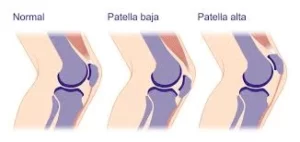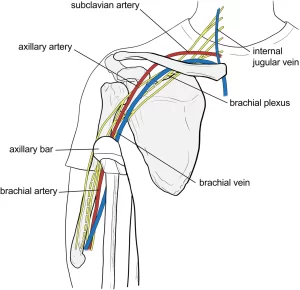
Posts

Carrying Angle of The Elbow
What is a Carrying Angle of The Elbow? The carrying angle is the angle formed between the long axis of the humerus and the forearm...

Tardieu Scale/Modified Tardieu Scale
Introduction The Tardieu Scale is a clinical tool used to assess muscle spasticity, particularly in individuals with neurological conditions such as cerebral palsy or after...

Mechanical Back Pain
What is Mechanical Back Pain? Mechanical back pain is a common condition that affects the spine, intervertebral discs, ligaments, muscles, or other supporting structures in...

Pott’s Paraplegia
What is Pott’s paraplegia? Pott’s paraplegia, which causes severe spinal deformity, is a major complication that is challenging to cure with surgery and treatment alone....

Gibbus Deformity
What is a Gibbus Deformity? Gibbus deformity is a spinal condition characterized by a sharp angulation or curvature of the spine, often resulting from a...

Pott’s Spine Disease
What is Pott’s spine disease? Pott’s spine, also known as spinal tuberculosis or tuberculous spondylitis, is a form of tuberculosis that affects the vertebrae of...

Chondromalacia Patella (CMP)
What is a Chondromalacia Patella? Chondromalacia patella (CMP) is a disorder characterized by the weakening and deterioration of the cartilage beneath the patella (kneecap). This...

Patella Baja
What is Patella Baja? Patella Baja is a condition characterized by an abnormally low position of the patella (kneecap) in relation to the femur (thigh...

Crutch Paralysis
What is Crutch Paralysis? Crutch paralysis is a condition that arises from the prolonged or improper use of crutches, leading to nerve compression or damage,...

Precordial Catch Syndrome
What Is Precordial Catch Syndrome? Precordial Catch Syndrome (PCS) is a benign, non-serious condition characterized by sudden, sharp chest pain that is often mistaken for...
